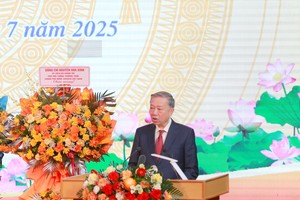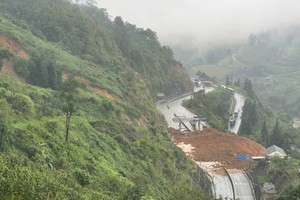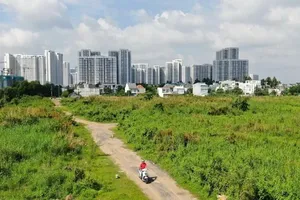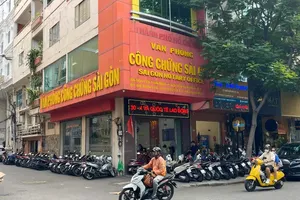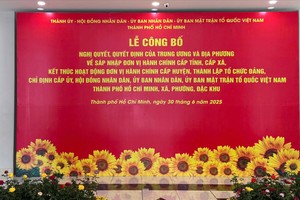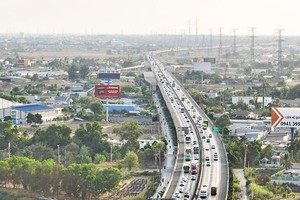The People's Committee of Hanoi yesterday outlined a master plan to preserve the ancient Thang Long Imperial Citadel site and develop part of the citadel into a culture and historical park.
According to the master plan, the citadel will cover a total area of 45,380 square metres, including two 13,670 sq. m and 3,440sq.m showrooms for display of archaeological finds and a miniature replica of the ancient citadel.
About 21,200sq.m will be reserved for parks and green space, while a research and excavation area will be developed on the 6,800sq.m archaeological site.
The Imperial Citadel, located in Quan Thanh Ward of Ba Dinh District in Hanoi, includes an archaeological site at 18 Hoang Dieu Street, and a future National Assembly house.
The master plan aims to preserve the archaeological site and develop part of the citadel area into a park that will showcase ancient relics and display the site's 1,000-year-old history.
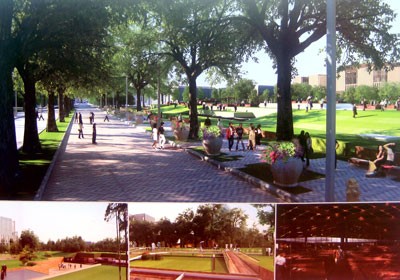
The large excavated pits will still be kept and preserved as underground galleries of the archaeological site, to ensure proper temperatures for preservation.
The master plan also aims to ensure preservation of artifacts and relics found at the site while also respecting the area's intangible cultural values. This work will include maintaining architectural harmony with existing structures and Ba Dinh Square.
The plan will also see part of the archaeological digs at the site turned into showrooms that will house relics in an environment that will ensure the best humidity and temperature for preservation. It is noted that the maximum height of newly built structures at 18 Hoang Dieu Street site will not exceed 5m.
To create harmony with the surrounding landscape, the park is planned to open with four entrances from Hoang Dieu, Doc Lap, Hoang Van Thu and Bac Son Streets. There will be two main walkways and paths connecting the sightseeing areas.
A tunnel will be built under Hoang Dieu Street to connect the archaeological site with the old citadel area. These constructions will help ensure comprehensive and smooth tours for visitors and create a link between 18 Hoang Dieu Street sites and the National Assembly House.
The key tasks in coming times will be to select the best architectural plan for the zone, complete regulations as well as specific plans for investment, management, and preservation by the end of the year, and continue archaeological research at the site while ensuring it is open to visitors.
"We will have lots of work to do in order to complete the project by the time construction of the National Assembly House is completed in late 2013. Thus, we need to put in our best efforts," said deputy minister of construction Nguyen Dinh Toan.
The ancient Thang Long Imperial Citadel was recognized by UNESCO as a World Cultural Heritage in 2010. The ancient site is located in modern-day Hanoi's political centre, next to the new National Assembly House, which is still under construction.

